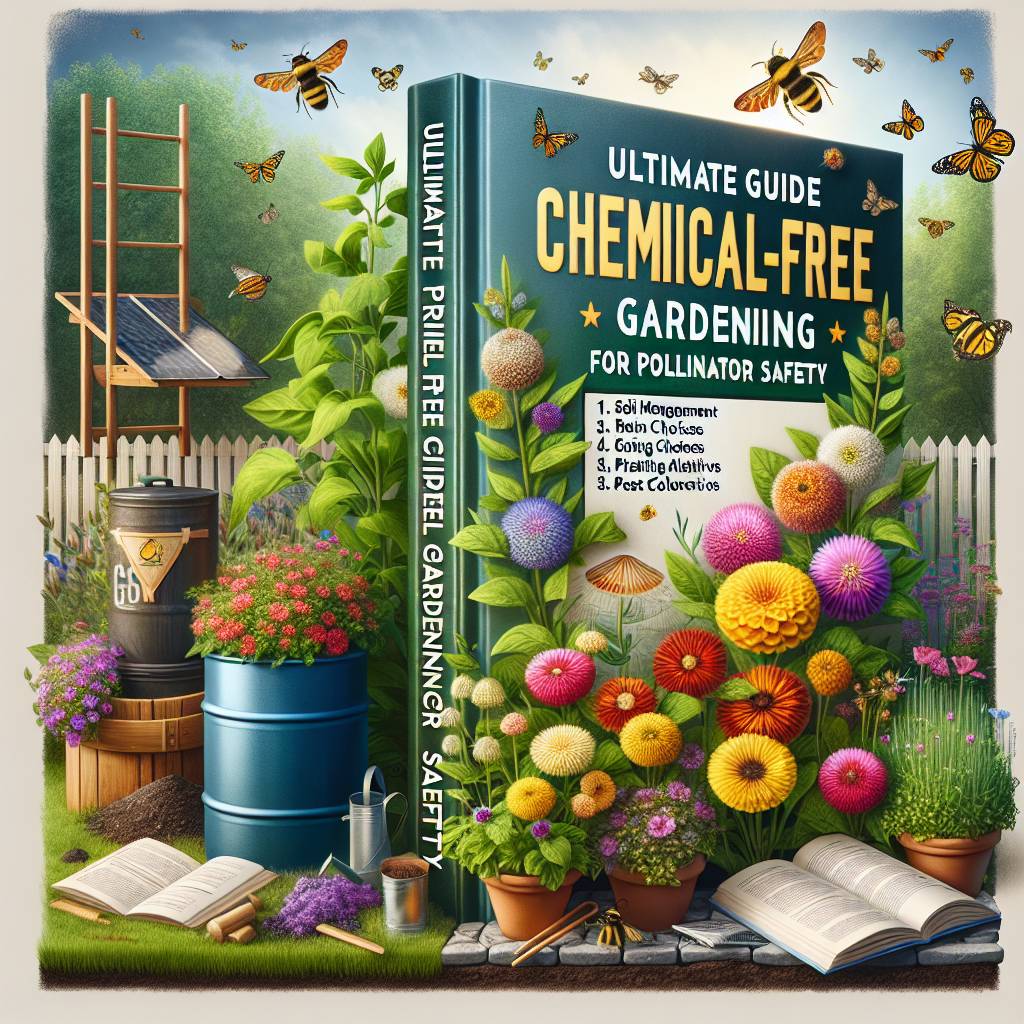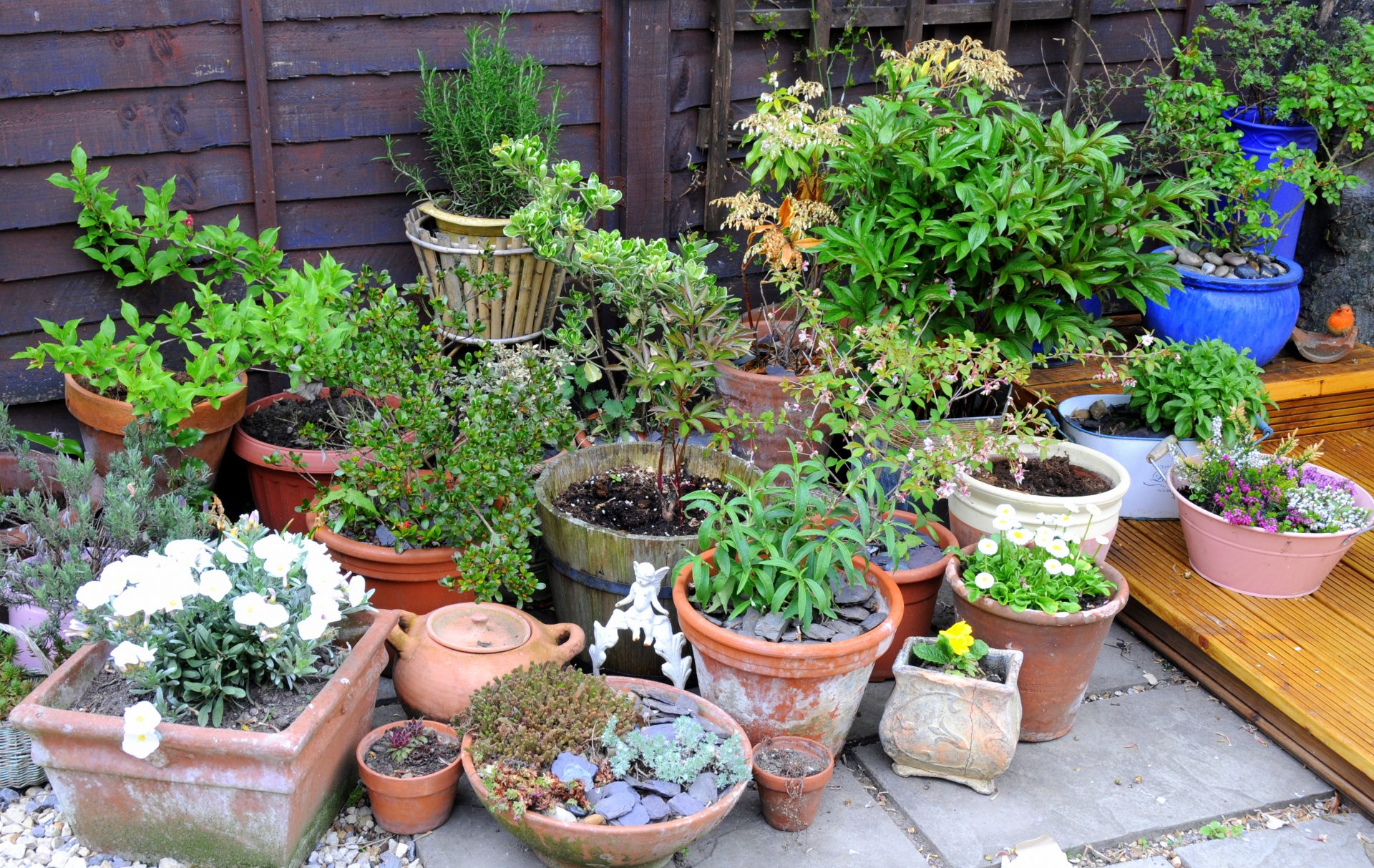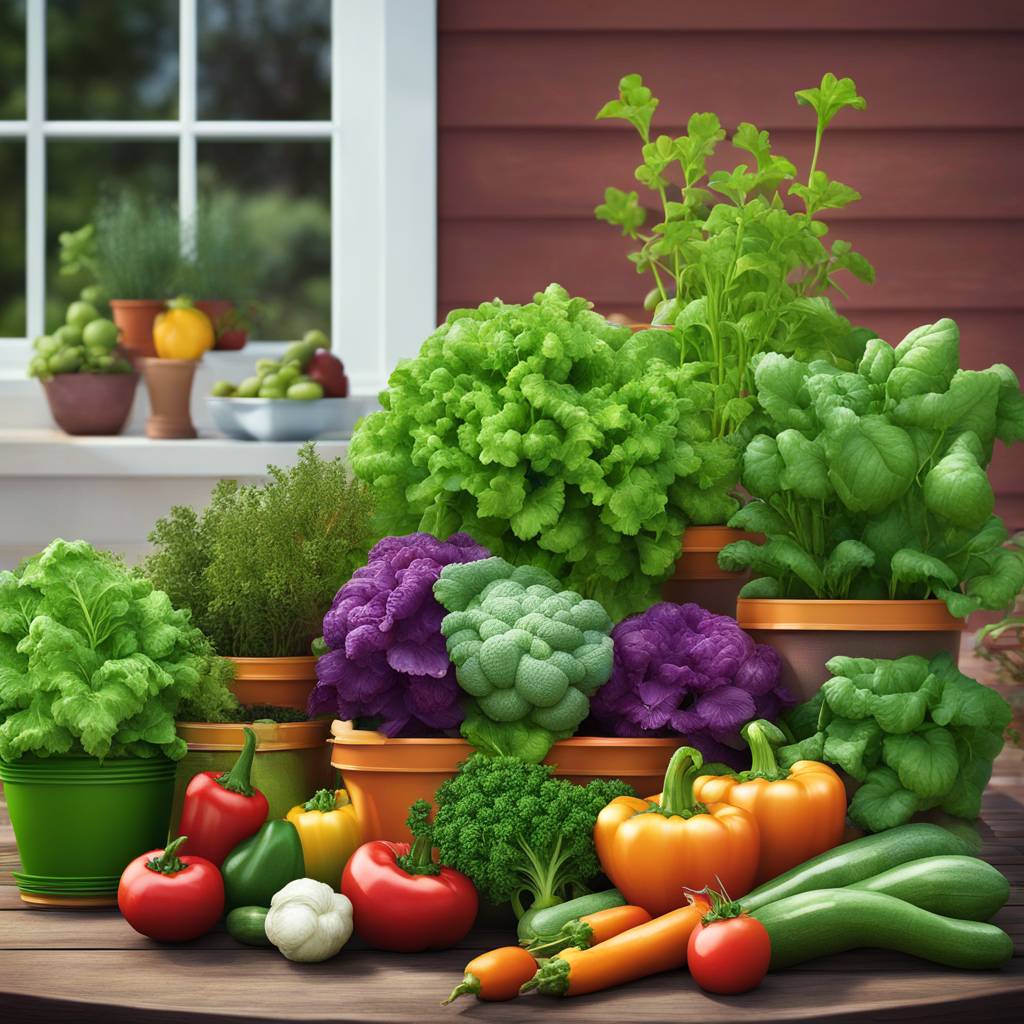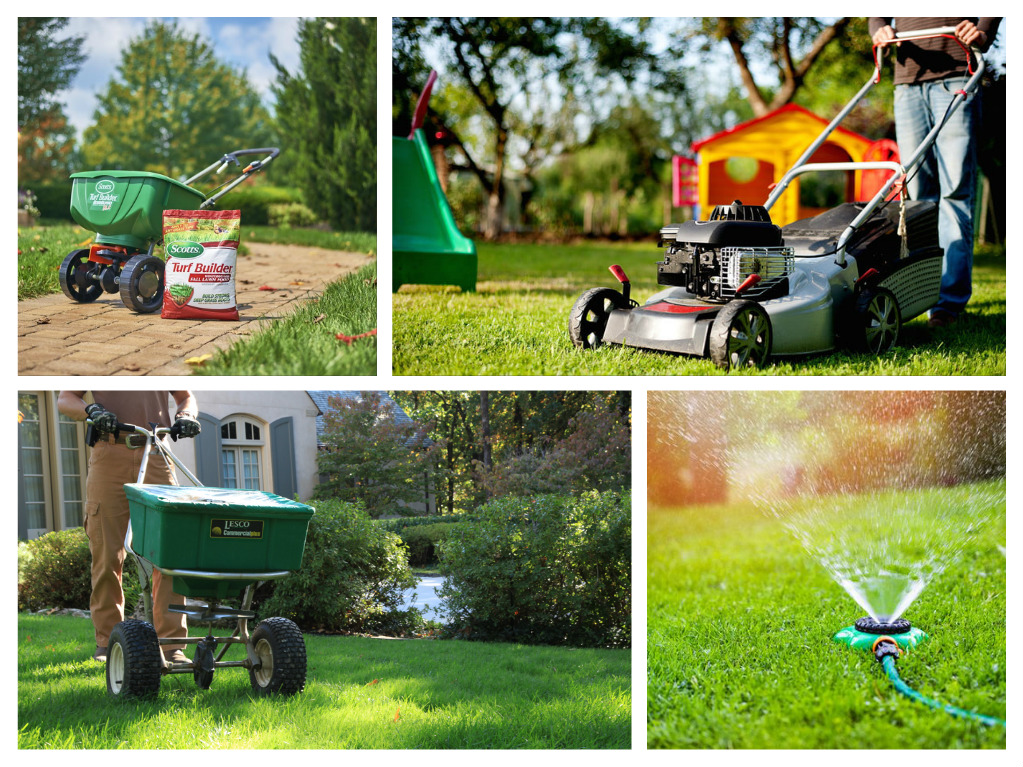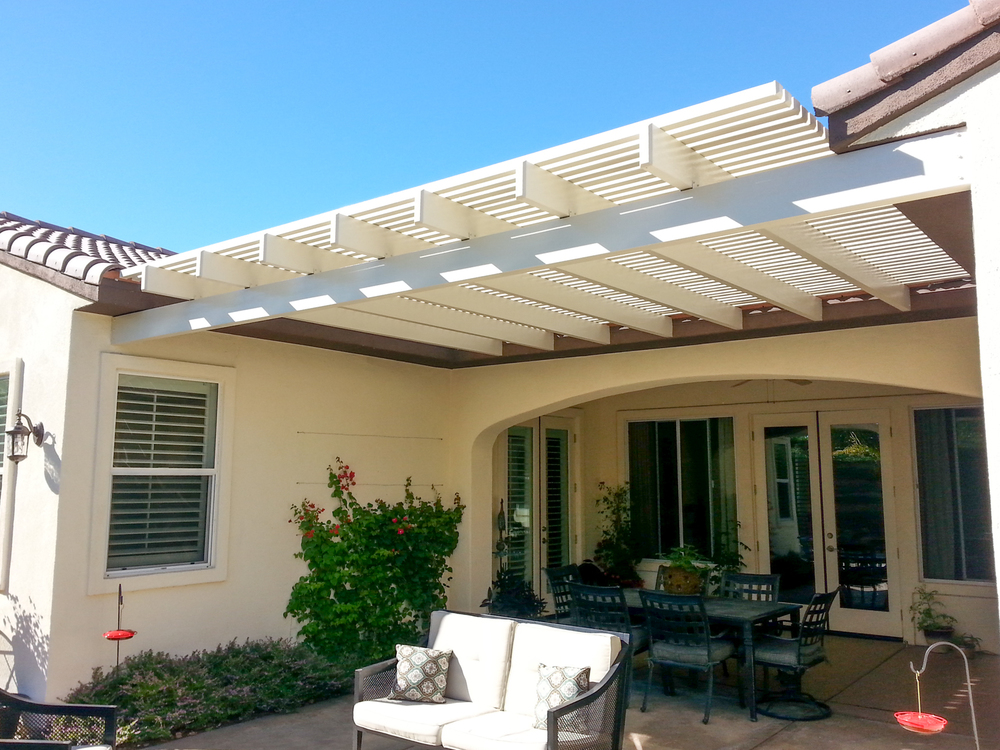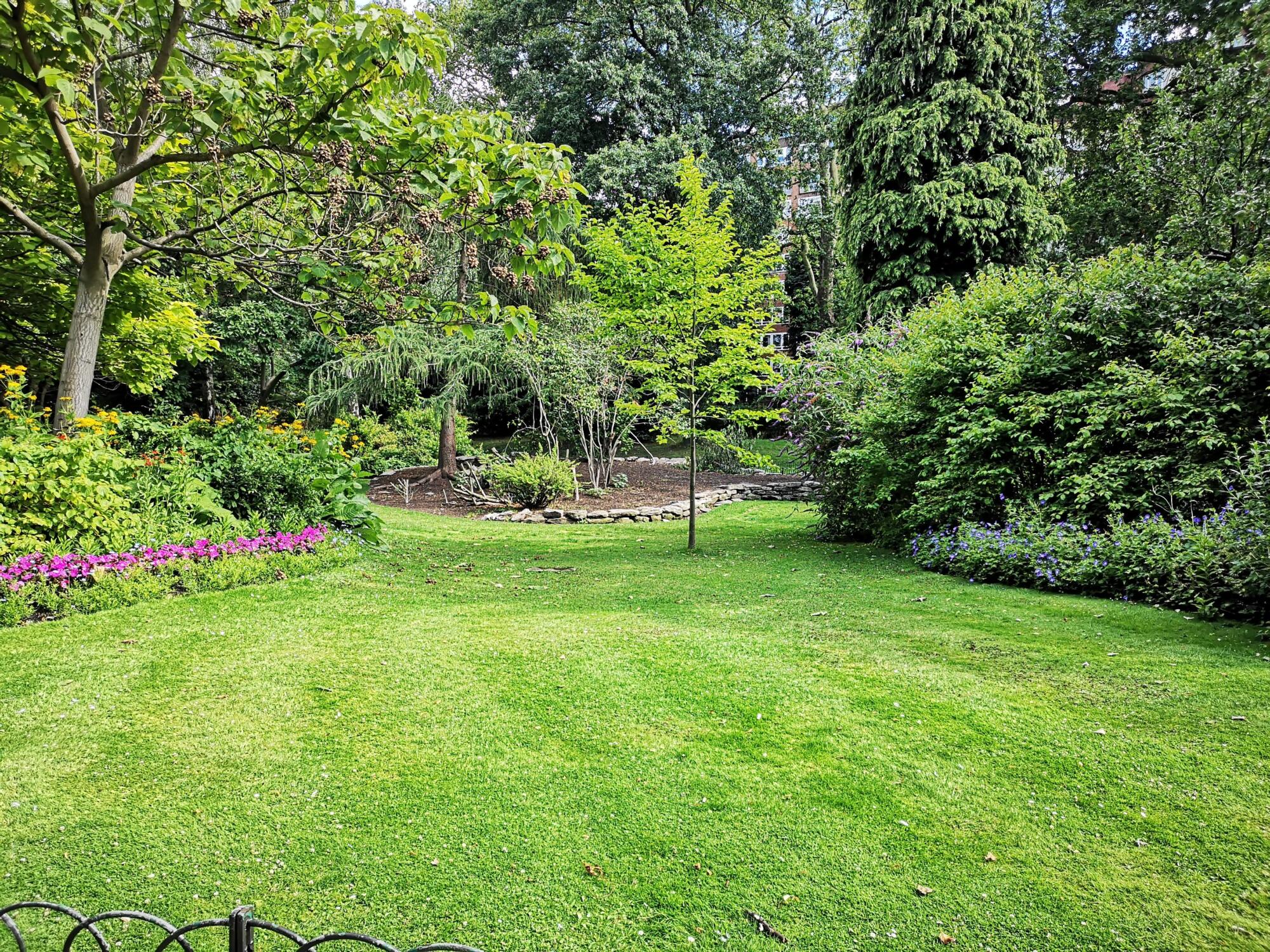In today’s world, where the health of our planet is a growing concern, chemical-free gardening has emerged as a crucial practice. By eliminating harmful chemicals from our gardens, we not only promote the well-being of pollinators but also contribute to a healthier ecosystem. This blog post delves into the significance of chemical-free gardening for ensuring pollinator safety and explores practical tips for implementing this approach in your own garden to address pest problems and grow vegetables at home, fostering a sense of community.
Chemical pesticides, p2, have long been used in traditional gardening practices, but their detrimental impact on pollinators cannot be overlooked. As we delve into the historical context of pesticide use and its effects on pollinators, it becomes evident that transitioning to chemical-free gardening is an essential step towards safeguarding these vital creatures. Join us as we uncover the benefits and techniques of chemical-free gardening to create a safe haven for pollinators while nurturing vibrant and sustainable gardens.
Key Takeaways
- Embrace pesticide-free gardening to protect the health of pollinators like bees.
- Choose pollinator-friendly plants to create a safe environment for bees and other beneficial insects.
- Implement non-chemical pest management strategies to control pests without harming pollinators.
- Consider the role of organic gardening in safeguarding the well-being of pollinators.
- Create a pollinator refuge by incorporating native plants into your garden.
- Nurture a safe habitat for bees, butterflies, and pets by promoting healthy soil and non-toxic lawn care practices.
Understanding the Impact of Pesticides on Pollinators
Detrimental Effects
Pesticides, often used in gardening to control pests, can have detrimental effects on pollinators like bees and butterflies. When these pollinators come into contact with pesticides used in home gardens, it can lead to severe consequences. For instance, exposure to pesticides can result in behavioral changes and reduced foraging abilities among pollinators. This affects their ability to collect nectar and pollen from flowers, which is essential for their survival.
Pollinators use play a crucial role in maintaining ecosystems by facilitating plant reproduction through the transfer of pollen. However, when exposed to pesticides, they may experience adverse health effects such as decreased lifespan and reproductive success. Moreover, some pesticides have been linked to developmental abnormalities in pollinator larvae.
Biodiversity Loss
The impact of pesticides extends beyond individual pollinators; it also contributes to biodiversity loss within ecosystems. Reduced populations of bees and butterflies disrupt the delicate balance within natural habitats, affecting pollinator health. As a result, there is a decline in plant diversity since many plants rely on these pollinators for reproduction.
Furthermore, the use of certain types of pesticides has been associated with unintended harm to non-target organisms that are beneficial for ecosystem health. This collateral damage further exacerbates biodiversity loss by affecting other insects and animals, including pollinators, that contribute to ecological stability.
Embracing Pesticide-Free Gardening for Bee Health
Safeguarding Pollinator Health
Gardening without the use of chemical pesticides is crucial for pollinator health, especially bees. By opting for chemical-free gardening, we can significantly contribute to creating a safer environment for pollinator health. The absence of harmful chemicals in our gardens can lead to healthier bee populations, which are vital for the pollination of various crops and vegetables.
Bees play a pivotal role in pollinating many types of crops and vegetables, ensuring their growth and reproduction. When chemical pesticides are used in gardening, they can harm bees by affecting their nervous systems, navigation abilities, and reproductive functions. This ultimately leads to a decline in bee populations, threatening the natural balance of ecosystems.
Weed Management Without Chemicals
One way to embrace pesticide-free gardening is through effective weed management techniques that do not involve the use of harmful chemicals. Mulching, hand weeding, hoeing, and using natural weed barriers like landscape fabric are all viable alternatives to chemical herbicides. These methods help control weed growth without posing any risk to bees or other pollinators.
Mulching not only suppresses weed growth but also helps retain soil moisture and regulate soil temperature. Hand weeding allows gardeners to remove weeds manually while minimizing disturbances around plants favored by pollinators such as bees. Using landscape fabric as a weed barrier prevents unwanted plant growth without relying on chemical intervention.
Natural Pest Control Methods
In pesticide-free gardening practices aimed at promoting bee health, it’s important to adopt natural pest control methods instead of resorting to chemical insecticides. Encouraging beneficial insects like ladybugs and lacewings that prey on garden pests is an effective approach towards maintaining a balanced ecosystem within the garden space.
Another method involves planting companion plants known for repelling common garden pests naturally. For instance, marigolds emit a scent that deters aphids from infesting nearby vegetable crops while attracting beneficial insects like hoverflies that feed on aphids.
Choosing Pollinator-Friendly Plants for a Safe Garden
Importance of Pollinator-Friendly Plants
Creating a safe garden environment involves selecting plants that attract and support pollinators. These plants play a crucial role in providing food and habitat for bees, butterflies, and other beneficial insects. By choosing the right plants, we can encourage pollinators to visit our gardens and contribute to their well-being.
Pollinator-friendly plants are essential for supporting the health of bees, butterflies, and other vital insects. They provide these creatures with the necessary nectar, pollen, and shelter they need to thrive. Without these plants, pollinators may struggle to find adequate sources of food and suitable habitats, which can ultimately impact their populations.
Selecting the Right Plants
When creating a chemical-free garden for pollinator safety, it’s important to carefully choose plants that are known for attracting bees and butterflies. Some examples include lavender, sunflowers, coneflowers, bee balm, and wild bergamot. These plants not only offer vibrant colors but also serve as rich sources of nectar for various pollinators.
In addition to providing sustenance for pollinators through nectar-rich flowers, it’s also beneficial to incorporate host plants into the garden. For instance,** plants** like milkweed are essential as they serve as host species for monarch butterfly caterpillars. Including such host plants ensures that there is an appropriate environment not only for adult butterflies but also their young.
Implementing Non-Chemical Pest Management Strategies
Integrated Pest Management (IPM)
Integrated Pest Management (IPM) is a pest management approach that focuses on preventing pest infestations and using natural control methods. By prioritizing prevention, such as selecting pollinator-friendly plants, and utilizing biological controls like ladybugs to manage aphids, gardeners can minimize the need for harmful chemicals. For example, instead of reaching for chemical sprays at the first sign of insect pests, IPM encourages monitoring pest populations and intervening only when necessary.
IPM also involves implementing physical barriers, such as row covers or netting, to protect plants from pests without resorting to chemical solutions. This method not only safeguards the health of pollinators but also promotes a balanced ecosystem within the garden. Incorporating diverse plant species can attract beneficial insects that naturally prey on common garden pests, further reducing the reliance on chemicals.
Prevention Over Chemical Solutions
Prevention plays a crucial role in maintaining a healthy garden environment while ensuring pollinator safety. Simple practices like regularly inspecting plants for signs of pest damage and promptly removing any affected foliage can prevent minor issues from escalating into full-blown infestations. Furthermore, practicing good sanitation by removing fallen leaves and debris deprives potential pests of shelter and breeding grounds.
In addition to these preventive measures, cultural controls such as crop rotation help disrupt pest life cycles without resorting to chemical interventions. For instance, rotating crops annually prevents specific insect pests from establishing permanent populations in one area since they rely on certain host plants for survival. These approaches collectively reduce the need for chemical treatments while safeguarding both plant health and pollinator well-being.
The Role of Organic Gardening in Pollinator Protection
Promoting Pollinator Safety
Organic gardening for pollinator safety involves using natural methods to manage pests and nurture plants. By avoiding synthetic pesticides and fertilizers, organic gardeners create a safer environment for pollinators. Chemical-free practices prevent harmful residues from affecting the health of bees, butterflies, and other pollinating insects.
Embracing chemical-free gardening means choosing alternatives like neem oil or insecticidal soaps instead of harsh chemical sprays. These options effectively control pests while minimizing the risk to pollinators. Organic fertilizers such as compost and manure provide essential nutrients without introducing harmful chemicals into the ecosystem.
Supporting Ecosystem Health
Implementing organic gardening practices contributes to a thriving ecosystem that benefits both plants and pollinators. When synthetic chemicals are eliminated from the equation, beneficial insects like ladybugs, lacewings, and predatory beetles can flourish alongside pollinators. This creates a balanced environment where natural pest control occurs without disrupting the delicate interactions between plants and their pollinators.
Furthermore, organic gardening fosters healthy soil teeming with beneficial microbes that support plant growth. As a result, flowering plants produce high-quality nectar and pollen which are vital food sources for bees and other pollinators. By nurturing robust plant life through chemical-free methods, organic gardeners indirectly support the well-being of local wildlife populations.
Creating a Pollinator Refuge with Native Plants
Vital Role
Pollinator habitat is crucial for the survival of local pollinator species. By incorporating native plants into our gardens, we can create a refuge that supports and sustains these essential creatures.
Native plants have co-evolved with local pollinators, providing them with the necessary food sources they need to thrive. These plants offer nectar, pollen, and shelter that are specifically tailored to the needs of indigenous pollinator species.
The incorporation of native plants in gardening plays a vital role in restoring and preserving pollinator habitats. When we cultivate these plants in our gardens, we contribute to the revival of natural ecosystems that support diverse populations of bees, butterflies, birds, and other important pollinators.
By planting native flowers such as coneflowers (Echinacea), bee balm (Monarda), or milkweed (Asclepias), gardeners can attract various pollinators while also creating a beautiful landscape filled with vibrant colors and textures.
Benefits
One key benefit of using native plants for chemical-free gardening for pollinator safety is their low maintenance requirements. Since these plants have adapted to local environmental conditions over time, they generally require less water and fertilizer once established. This makes them an eco-friendly choice for sustainable gardening practices.
Moreover, by choosing native plant species over non-native ones, gardeners can reduce their reliance on pesticides and herbicides. Native plants are naturally resistant to many pests and diseases due to their co-evolutionary history with local insects and pathogens.
In addition to supporting pollinator habitats, incorporating native plants into gardens contributes significantly to biodiversity conservation efforts. These plantings help maintain balanced ecosystems by providing food sources for numerous insect species which serve as important prey items for birds and other wildlife.
Promoting Healthy Soil and Non-Toxic Lawn Care
Enhancing Pollinator Health
Maintaining healthy soil through organic practices is crucial for promoting pollinator safety. When the soil is healthy, it provides a nourishing environment for plants, which in turn supports pollinators. By avoiding chemical fertilizers and pesticides, the soil retains its natural nutrients and microorganisms that are essential for plant growth. This encourages the growth of native plants that attract pollinators like bees, butterflies, and hummingbirds.
For instance, adding compost to the soil enriches it with organic matter, promoting beneficial microbial activity. These microbes help break down nutrients into forms that are readily available to plants without causing harm to pollinators. Using natural mulch such as wood chips or straw helps retain moisture in the soil and prevents erosion while also providing habitat for insects that contribute to healthy soil.
Protecting Pollinators from Harmful Exposure
Avoiding toxic chemicals in lawn care plays a significant role in safeguarding pollinators from harmful exposure. Chemical herbicides and pesticides can have detrimental effects on bees by disrupting their navigation abilities or even causing death upon contact or ingestion. Therefore, opting for non-toxic alternatives such as neem oil or horticultural vinegar can effectively manage pests without posing risks to pollinators.
Moreover, choosing natural weed control methods like hand-weeding or using landscape fabric reduces reliance on toxic herbicides while maintaining a safe environment for pollinators. It’s important to note that many chemical lawn treatments have warnings on their label, cautioning against use around children and pets due to potential toxicity – this underscores the need to protect these vulnerable creatures from exposure as well.
Contributing to a Safer Environment
Promoting chemical-free gardening not only benefits individual gardens but also contributes significantly towards creating a safer environment for pollinators at large scales. As more gardeners embrace organic practices and avoid toxic chemicals in their lawn care routines, there is an overall reduction in harmful substances entering ecosystems where these vital creatures reside.
Local extension agencies often provide valuable resources on adopting non-toxic gardening approaches tailored specifically towards supporting local wildlife including pollinators. By following their guidance on sustainable landscaping practices suited for specific regions or climates, individuals can actively participate in preserving habitats conducive to healthy populations of bees and other essential insect species.
Nurturing a Safe Habitat for Bees, Butterflies, and Pets
Diverse Plantings
To create a chemical-free gardening environment that promotes the safety of pollinators and pets, it’s essential to focus on diverse plantings. This involves selecting a variety of flowering plants that bloom at different times throughout the growing season. For instance, planting sunflowers, lavender, coneflowers, and wild bergamot can ensure a continuous supply of nectar and pollen for bees and butterflies. This approach supports their nutritional needs while also creating an attractive habitat.
When choosing plants for your garden or yard, opt for those with different colors, shapes, and sizes of flowers as this diversity attracts various types of pollinators. By providing an array of options in terms of food sources through diverse plantings, you are not only supporting the health and well-being of bees and butterflies but also contributing to the overall ecosystem.
Pet-Friendly Landscaping
In addition to supporting pollinators’ needs through diverse plantings, it’s crucial to consider pet-friendly landscaping practices. Certain plants can be harmful or toxic to pets if ingested; therefore, being mindful about what is planted in your garden is important for ensuring both pet safety and pollinator support. Opting for non-toxic plants such as marigolds or snapdragons can contribute to creating a safe environment where pets can roam without encountering any harmful substances.
Moreover, establishing designated play areas for pets within the landscape helps minimize potential conflicts between animals seeking shelter among the vegetation while allowing them space to exercise freely without disturbing pollinators’ habitats.
Reimagining Your Backyard as a Pollinator Haven
Supporting Vital Species
Transforming our backyards into pollinator havens is crucial for supporting the conservation of these vital species. By creating a habitat that caters to the needs of bees, butterflies, and other pollinators, we actively contribute to their well-being. This is especially important given the declining populations of these essential creatures.
By incorporating features such as bee houses, water sources like shallow dishes or birdbaths, and planting a variety of native plants, we can attract and sustain pollinators in our gardens. These elements provide shelter, nesting sites, and food sources for pollinators throughout different stages of their life cycles.
Creating a Safe Haven
Chemical-free gardening plays a pivotal role in ensuring the safety of pollinators. Avoiding the use of pesticides and herbicides helps create a safe environment for bees, butterflies, and other beneficial insects. Instead, embracing natural pest control methods such as introducing predator insects or using physical barriers safeguards both your garden and its visitors.
When selecting plants for your garden to support pollinator safety, opt for those that are free from chemical treatments. Choosing organic fertilizers over synthetic ones further promotes an eco-friendly approach to gardening while prioritizing the well-being of pollinators.
Embracing Sustainable Practices
Reimagining our backyards as pollinator havens allows us to embrace sustainable practices that benefit not only these essential species but also our local ecosystems at large. By nurturing diverse plantings that bloom across different seasons, we ensure a continuous supply of nectar and pollen for visiting pollinators.
Moreover, integrating various blooming areas within our gardens provides ample opportunities for different types of bees and butterflies to thrive. For instance,** creating designated wildflower patches or meadows alongside traditional flower beds offers varied habitats catering to diverse preferences among bee species.
Summary
You’ve learned about the detrimental impact of pesticides on pollinators and the importance of embracing chemical-free gardening for their safety. By choosing pollinator-friendly plants, implementing non-chemical pest management strategies, and promoting healthy soil, you can create a safe haven for bees, butterflies, and other essential creatures in your backyard. Organic gardening and nurturing native plants play a crucial role in providing a refuge for pollinators while maintaining a non-toxic environment. It’s time to reimagine your garden as a sanctuary that not only flourishes with vibrant blooms but also fosters the well-being of our invaluable pollinators.
Now, take action! Start by incorporating these pesticide-free practices into your gardening routine and share this knowledge with others. Together, we can make a significant impact on pollinator protection and create thriving ecosystems for generations to come.
Frequently Asked Questions
Can pesticides harm pollinators in my garden?
Yes, pesticides can have harmful effects on pollinators. Even low doses of certain chemicals can disrupt their behavior, reproduction, and overall health. Opting for chemical-free gardening practices can help protect these vital creatures.
How can I create a safe habitat for bees and butterflies?
You can create a safe habitat by choosing pollinator-friendly plants, implementing non-chemical pest management strategies, promoting healthy soil and non-toxic lawn care, and embracing pesticide-free gardening. These actions provide a haven for bees, butterflies, and other beneficial insects.
What are some non-chemical pest management strategies I can use?
Non-chemical pest management strategies include using physical barriers like row covers or hand-picking pests off plants, introducing natural predators or parasites to control pests’ populations, rotating crops to reduce pest pressure naturally without the need for chemical intervention.
Why is organic gardening important for protecting pollinators?
Organic gardening avoids synthetic pesticides that could harm pollinators while also nurturing healthy soil ecosystems. By using natural fertilizers and practicing crop rotation and companion planting methods found in organic gardening principles helps support the well-being of pollinators.
